Ranalagh
The Rotonda
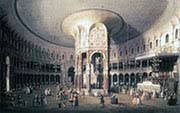
Stone Mason's
Yard

Thames and
London
City
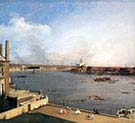
Doge
Visiting-
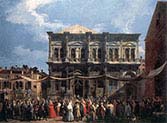
The
Grand Canal

Horses of
San
Marco
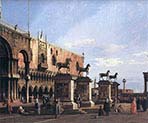
Walton
Bridge

Whitehall and
Privy Garden
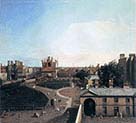
a view of the old
horse guards

Bacino di
San Marco
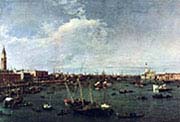
Piazza
San Marco

The Molo
looking West

Grand Canal at
the Salute
Church
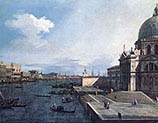
Ducal
Palace
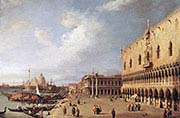
The
Arsenal
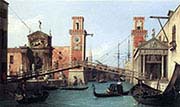
From
Palazo Balbi

Westminster
Abbey
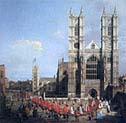
The
Molo

Island in
the Lagoon
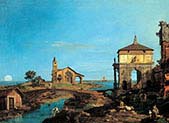
Scala
dei Giganti

Grand
Canal

Eton
College Chapel
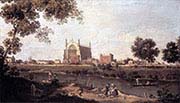
NE Toward
the Rialto

View
with Portico

Northumberland
House

Regatta
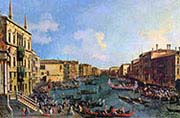
The
Piazzetta

Rio
dei Mendicanti
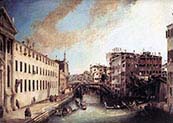
Ruins
of the Forum

San
Marco Square
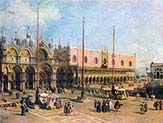
Ruins and
Porta Portello
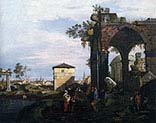
The
Bucentoro
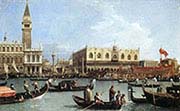
Capriccio
River

Santi
Giovanni-

Upper
Reaches
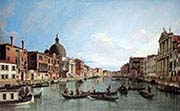
Westminster
Bridge

Classical
Ruins
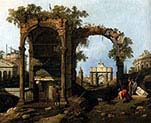
Punta Della
Dogana
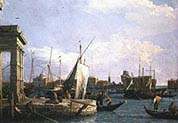
Warwick
Castle

Rialto
Bridge
